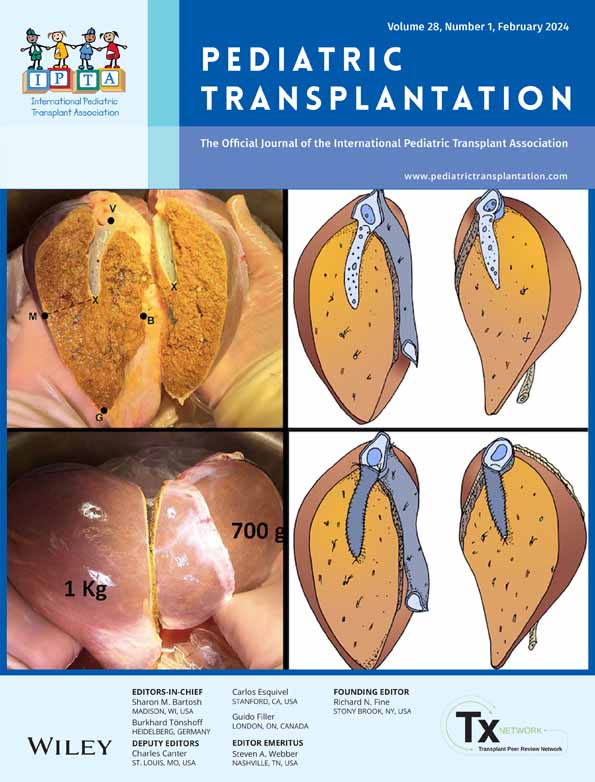Serum uric acid concentration is associated with lower glomerular filtration rate in children undergoing kidney transplantation
Abstract
Background
The relationship between serum concentration of uric acid (UA) and chronic kidney disease is complex due to many confounding variables. There is currently debate over whether hyperuricemia acts as a marker of kidney disease or as an independent risk factor.
Objectives
To test the impact of serum UA concentration on the estimated glomerular filtration rate (GFR) of children undergoing kidney transplantation.
Patients and Methods
Prospective longitudinal study of children and adolescents after kidney transplantation. We analyzed clinical, anthropometric, and laboratory data at pre-transplant and 1, 3, and 6 months after transplant. We developed models of repeated measures analysis, using the generalized estimating equations technique for the outcome evolution of the estimated GFR at 1, 3 and 6 months. High serum UA concentration at 1 and 3 months was modeled as the main exposure variable.
Results
We included 103 transplant patients. In a model adjusted for time, recipient sex and age, the occurrence of acute rejection episodes, and the estimated glomerular filtration at baseline, the trajectory of GFR exhibited an inverse relationship with UA (β = −7.1, 95% CI: −11.5 to −2.6, p < .01).
Conclusion
Serum UA increase was associated with lower graft function over time.
CONFLICT OF INTEREST STATEMENT
The authors declare that they have no known competing financial interests or personal relationships that could have appeared to influence the work reported in this paper.
DISCLOSURE
The datasets generated during and/or analyzed during the current study are available from the corresponding author on reasonable request.
Open Research
DATA AVAILABILITY STATEMENT
The data that support the findings of this study are available from the corresponding author upon reasonable request.




